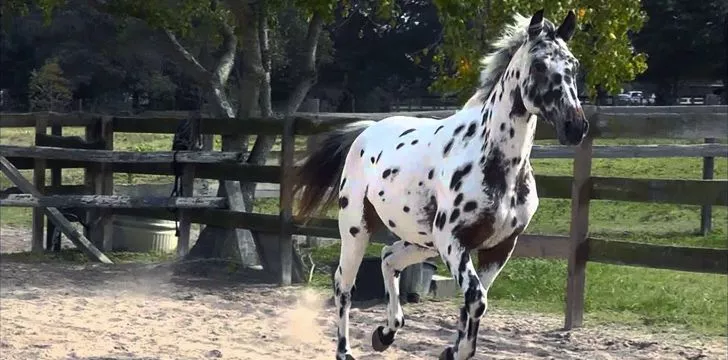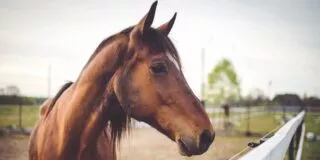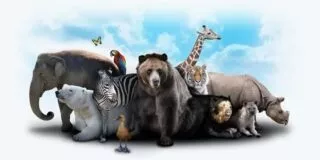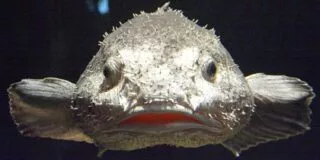Knabstruppers are among the more unique-looking breeds of horses – they have an interesting spotty appearance.
If you look at them from a distance, they may look like a bunch of giant leopards roaming around the field. But no, they’re not even in the same category!
Knabstruppers are gentle horses and are known for their endurance and speed.
If you’ve never heard about this horse breed, learn about them here with these 10 most interesting facts about Knabstrupper horses!
Although spotted horses existed in the 16th Century, the Knabstrupper breed wasn’t established until 1812.
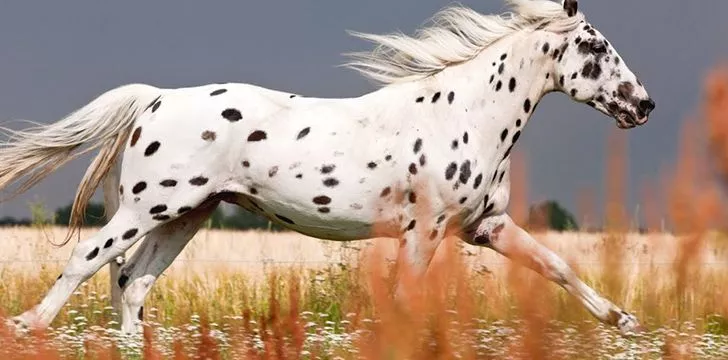
A horse that served as a foundation for the breed was called “Flaebe Mare.”
A butcher first purchased it and, later on, sold it to the owner of Knabstrupgaard estates, Major Villars Lunn.
In his estates, Major Lunn established the “Knabstrup” farm, which is where the name of these well-mannered horses came from.
Knabstruppers are the descendants of a chestnut mare with a leopard complexion and a solid-colored stallion.
The breeding resulted in a colt with dramatic spotting.
Since then, the mare and her son produced enough spotty offspring for generations to come.
Historically, Knabstruppers were at the center of Royal ceremonies.
Due to their unusual color and extreme rarity, Knabstruppers were used by royal and noble people of the past.
White ones were used as carriage horses and sometimes as a mound of a monarch for crowning ceremonies.
During the Schleswig War, Knabstruppers were an easy target for snipers.
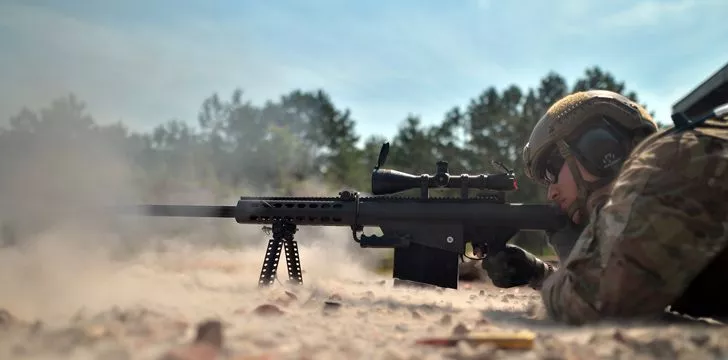
Danish officers used them during the wars; however, their eye-catching color made them an easy target for enemy snipers.
For instance, during the battle of Isted, most officers who were riding Knabstrupper horses were unfortunately shot and killed.
Knabstrupper horses did not appear in North America until 2002.
Only after the enthusiastic efforts of the Texan couple Mike and Caroline Athey, Knabstrupper horses started to breed in the United States.
The firstborn Knabstrupper in North America was called “American Beauty.”
She was born at Athey’s Farm in Canton, Texas.
There are three types of Knabstrupper horses.
All three types of Knabstruppers have distinctive traits.
A sport horse type knabstruppers are crossbred with the warm-blood sport horses of Europe to produce a well-built horse that can perform strongly in jumping events.
The second is the Baroque type. This type is shorter but broader than the sport type. They were mostly used as war or carriage horses.
The third one is a pony type. As its name suggests, pony type Knabstruppers are physically short but enjoy a high reputation among children.
Knabstruppers are often mistaken for American Appaloosa horses.
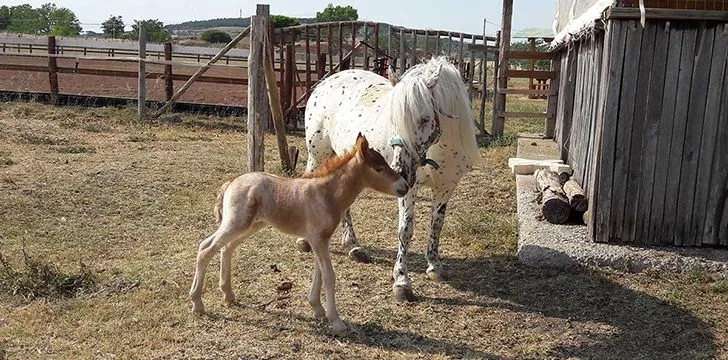
In fact, there are several debates online in which people post a picture of a spotted horse and try to determine the breed.
Surprisingly, half of the audience will say it is an Appaloosa, while another half arguably defines the horse to be Knabstrupper.
Such uncertainties indicate strong similarities.
However, the primary difference is that Appaloosa horses originated in the United States while Knabstruppers in Denmark.
But, if you go even deeper in history, their origins converge during the time of “tiger horses.”
The Knabstrupper breed was almost lost.

The problem of inbreeding almost led to the near disappearance of this breed.
In addition, the fire that devastated the Lynn Family Stables claimed 22 of the top breeding knabstruppers.
These situations brought the breed to the verge of disappearance.
However, thanks to the breeder, Frede Nielsen, three American Appaloosa horses were brought to Denmark to infuse new blood into the breed.
That saved the breed from going extinct.
Flaebe Mare gained a reputation when she saved her owner, Major Villars Lunn.
One day, Major Villars Lunn was trampled by a carriage and sustained severe injuries, including a broken leg.
Of course, the situation required a doctor, but none were nearby.
So, Flaebe Mare, along with another horse, rode close to 19 miles (30 km) to collect a doctor which saved her life!
Knabstrupper horses are considered one of the healthier horse breeds.

Their life expectancy is close to 27.5 years, and they are known for having no breed-specific health issues.
Therefore, they are easy to maintain as long as people feed them with grass, grains, vegetables, and hay.
Had you ever heard of these fascinating horses before?
Next time you see an Appaloosa horse, you may find yourself second-guessing if it’s a Knabstrupper!
